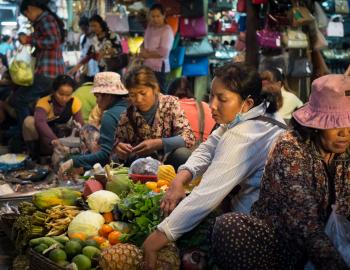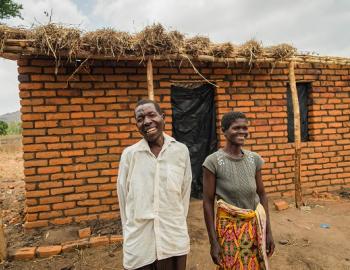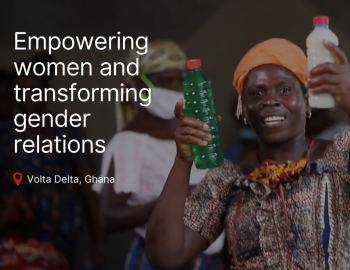POLICY BRIEF: How do gender approaches improve climate compatible development? Lessons from India
POLICY BRIEF: How do gender approaches improve climate compatible development? Lessons from India
Share this:
Resource detail:
Date:
Author:
CDKN Global
Type:
Policy briefs
Organisation:
Practical Action
Although evidence shows that women are both victims of climate change and important contributors of knowledge and skills in disaster risk, adaptation and mitigation strategies, the gender perspective is largely missing from the design and planning of climate change responses and policies. In addition, most research into gender and climate change has been exclusively conducted in rural contexts. There is strong scope for filling these knowledge gaps to improve the understanding of the relationship between gender and climate change in urban settings.
Key messages
- Urban scenarios in India are highly complex, with many social dimensions in terms of caste, gender and class. As such, a gender-sensitive approach to climate compatible development is fundamentally different in cities, compared with one in rural areas.
- Urban residents demonstrate different vulnerabilities and capacities for facing the impacts of climate change than people living in rural areas, principally: weaker social cohesion, with the result that women and marginalised people are more dependent on external help in times of need; a higher likelihood of flooding and waterlogging due to poor infrastructure and basic services; and a higher likelihood of food insecurity.
- Project activities should be adapted to address these gender differences, for example, by working through community volunteers and arranging meetings to suit men and women’s availability.
- Popular participatory methods developed in the context of rural settings can be adapted to suit the urban setting. In the case of the ACCCRN project, this involved undertaking Participatory Urban Appraisals through several smaller meetings, so as to understand the diversity of factors and issues involved.
This report was produced as part of a series of papers on gender and climate change, to read more, visit our page on Gender equality and achieving climate goals.



